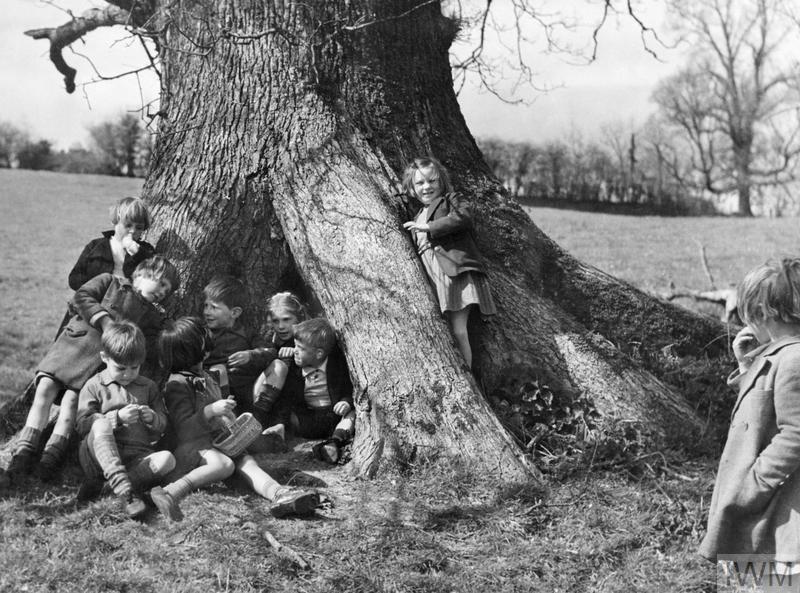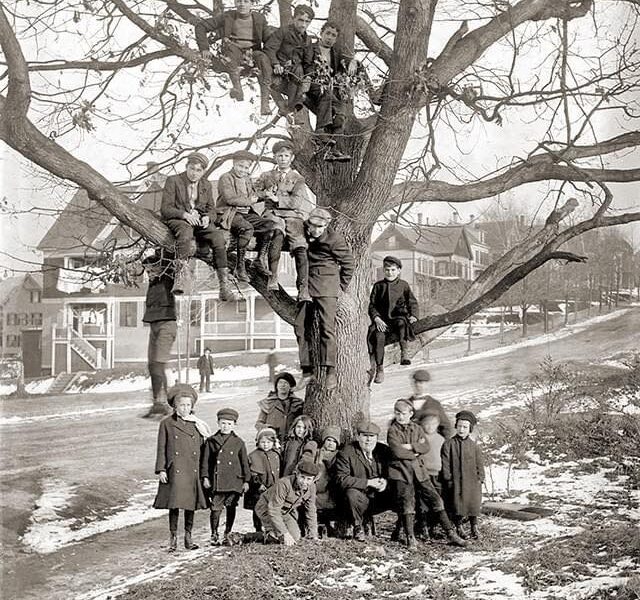Massachusetts, 1904: A Glimpse into the Past
The year 1904 was a significant period in Massachusetts, a state rich in history, industry, and culture. As the early 20th century unfolded, Massachusetts stood as a beacon of progress, shaped by its industrial strength, technological advancements, and evolving social landscape.

Industrial Growth and Innovation
By 1904, Massachusetts was a hub of industrial activity, particularly in textile manufacturing, shipbuilding, and shoe production. The mills of Lowell, Lawrence, and Fall River thrived, employing thousands of workers, including many immigrants seeking better opportunities. The state’s infrastructure was expanding, with improved railway systems facilitating commerce and daily commutes.

Immigration and Social Change
The early 20th century saw a surge in immigration, with Irish, Italian, and Eastern European communities growing rapidly. These new arrivals contributed to the state’s labor force and enriched its cultural diversity. However, social tensions also arose as different ethnic groups navigated integration and economic competition.

Politics and Governance
In 1904, Massachusetts was under the leadership of Governor John L. Bates, a Republican who focused on economic growth and infrastructure development. The state played a crucial role in the national political landscape, supporting Theodore Roosevelt in his successful re-election campaign for the U.S. presidency.
Cultural and Educational Advancements
Massachusetts continued to be a center for education and intellectual pursuits, with institutions such as Harvard University and MIT leading in research and higher education. Public education reforms aimed at improving literacy rates and access to schooling further strengthened the state’s reputation as a leader in academia.

Conclusion
Massachusetts in 1904 was a state of transformation and growth, balancing its industrial heritage with social progress. Its cities bustled with economic activity, while its people—native-born and immigrant alike—shaped the state’s evolving identity. Looking back at this period provides valuable insights into the resilience and innovation that have defined Massachusetts throughout history.


